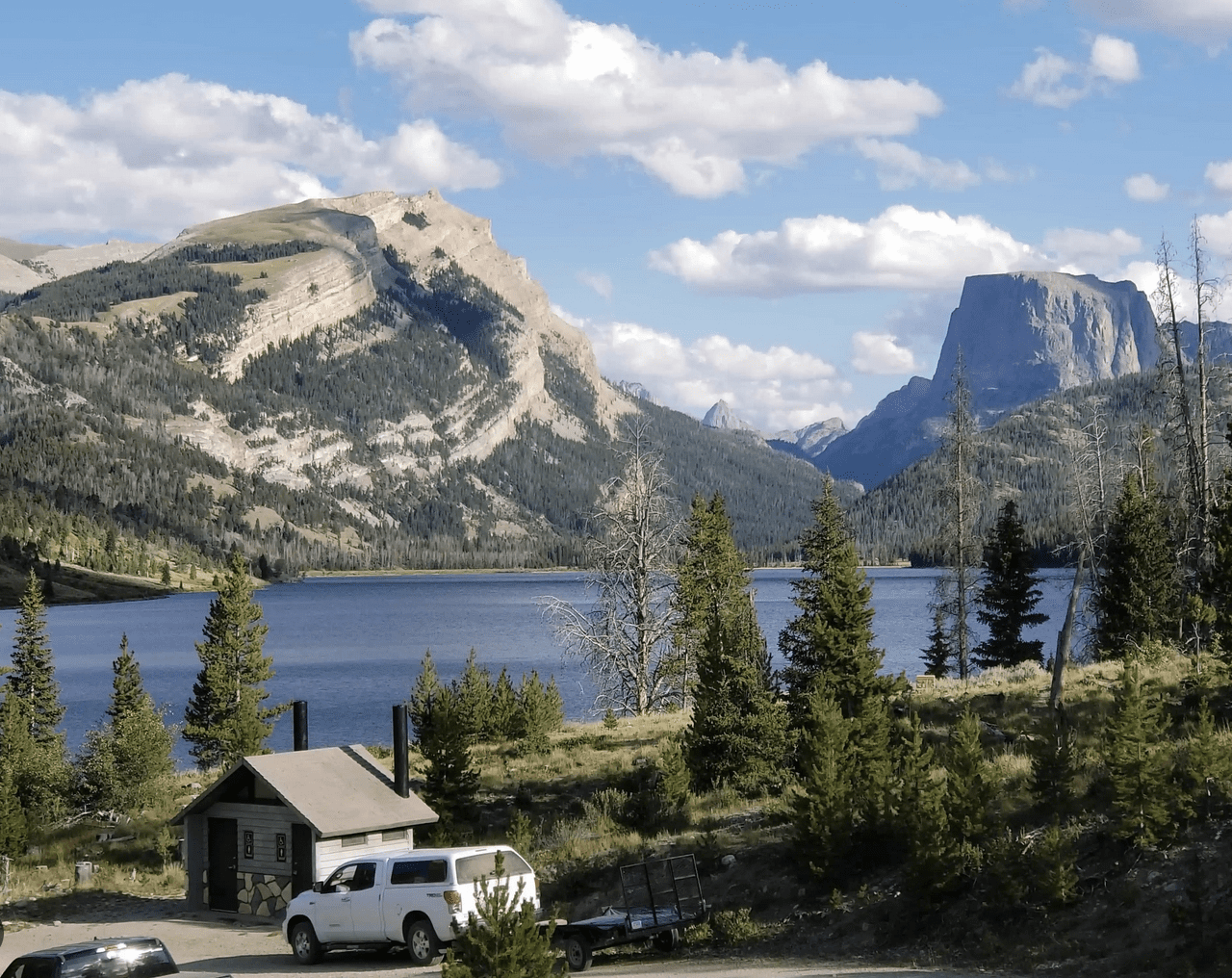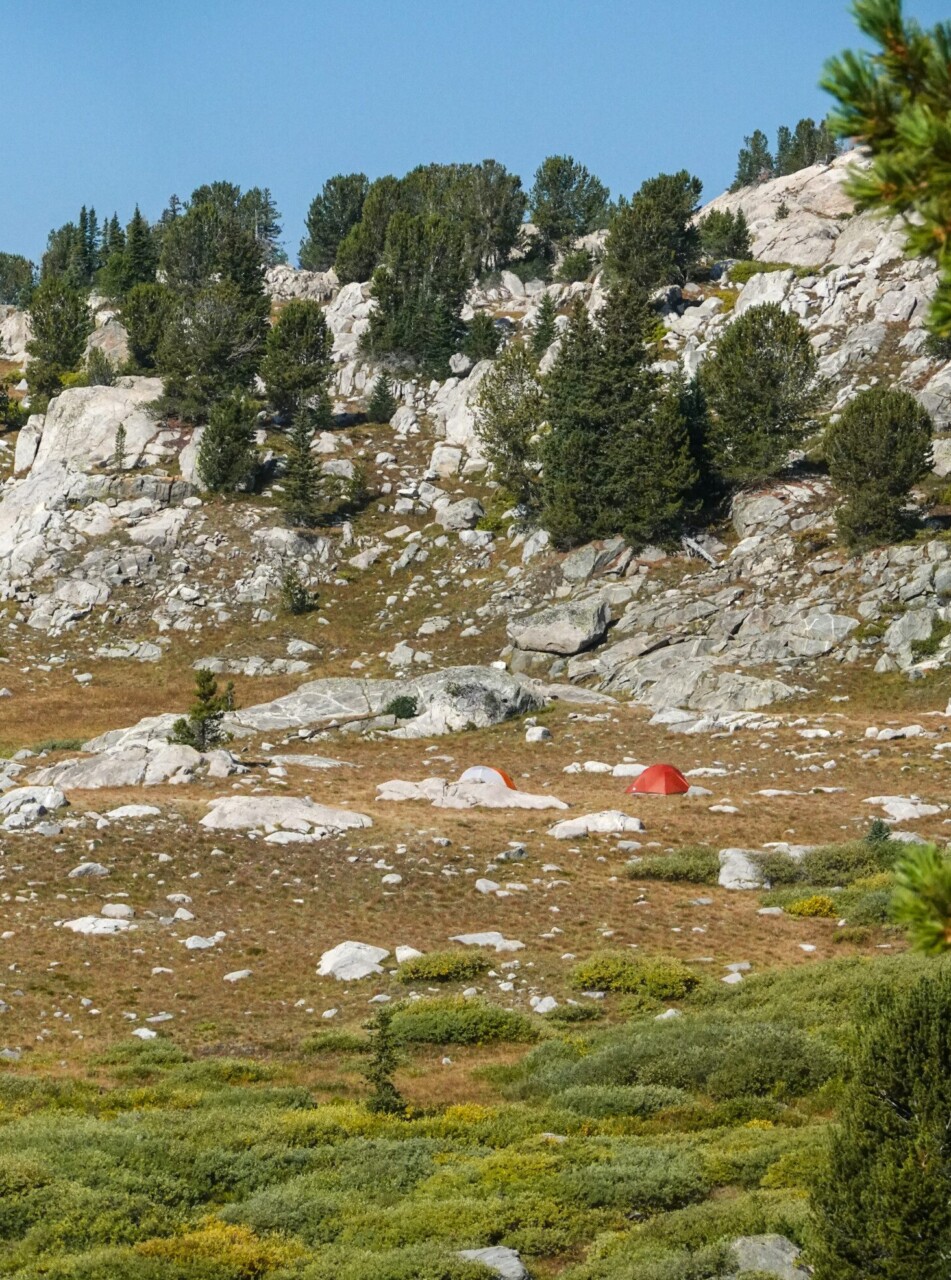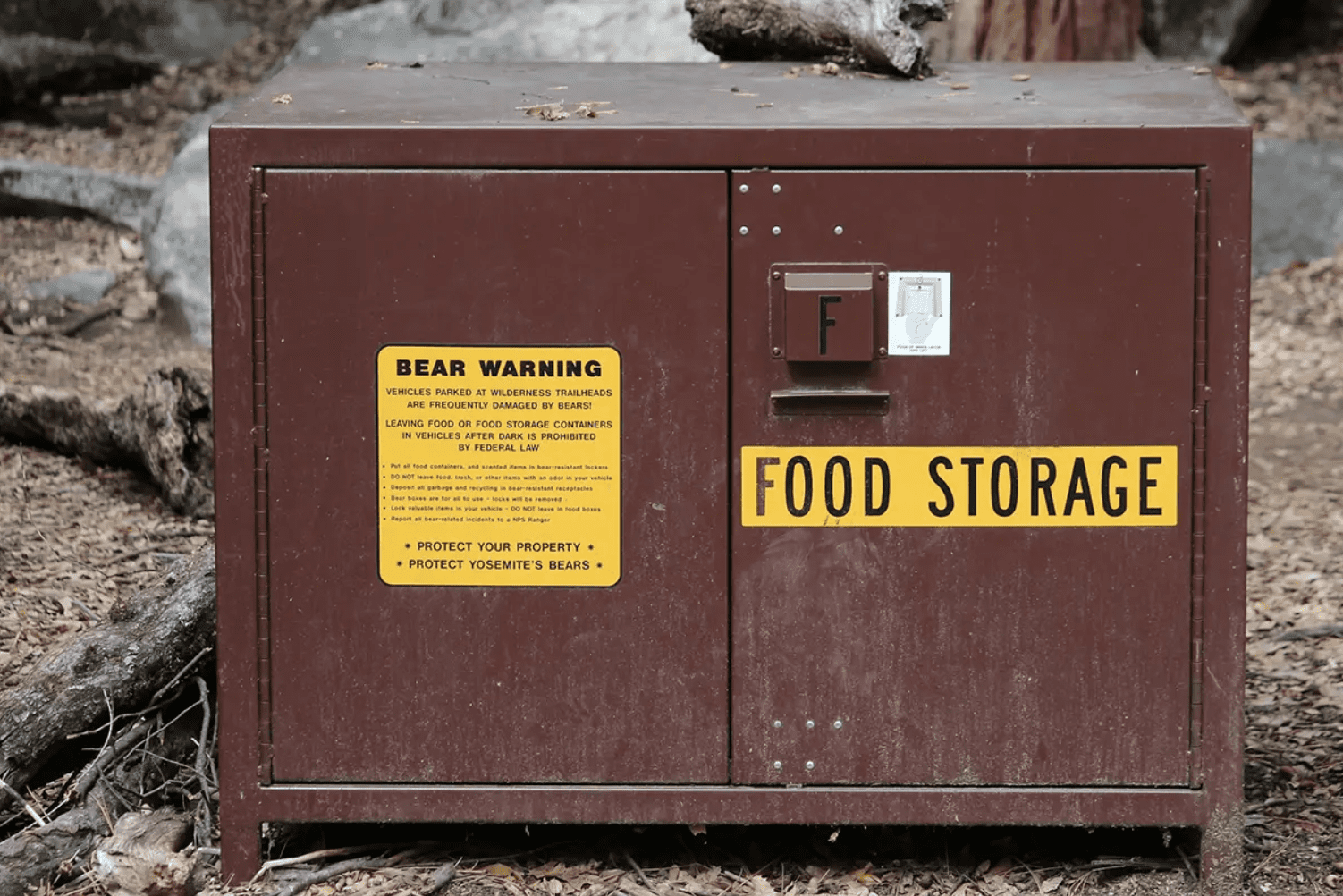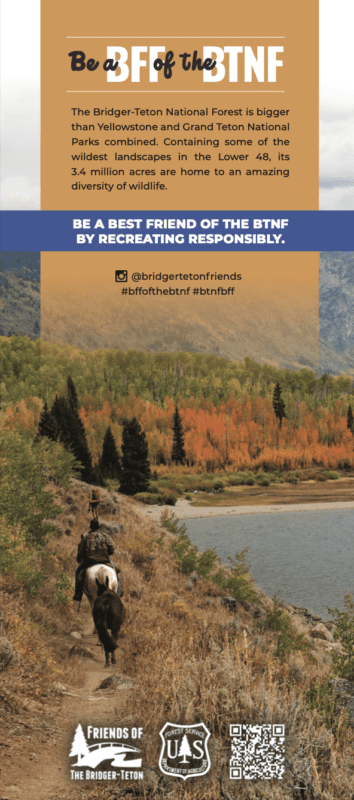Dispersed Camping
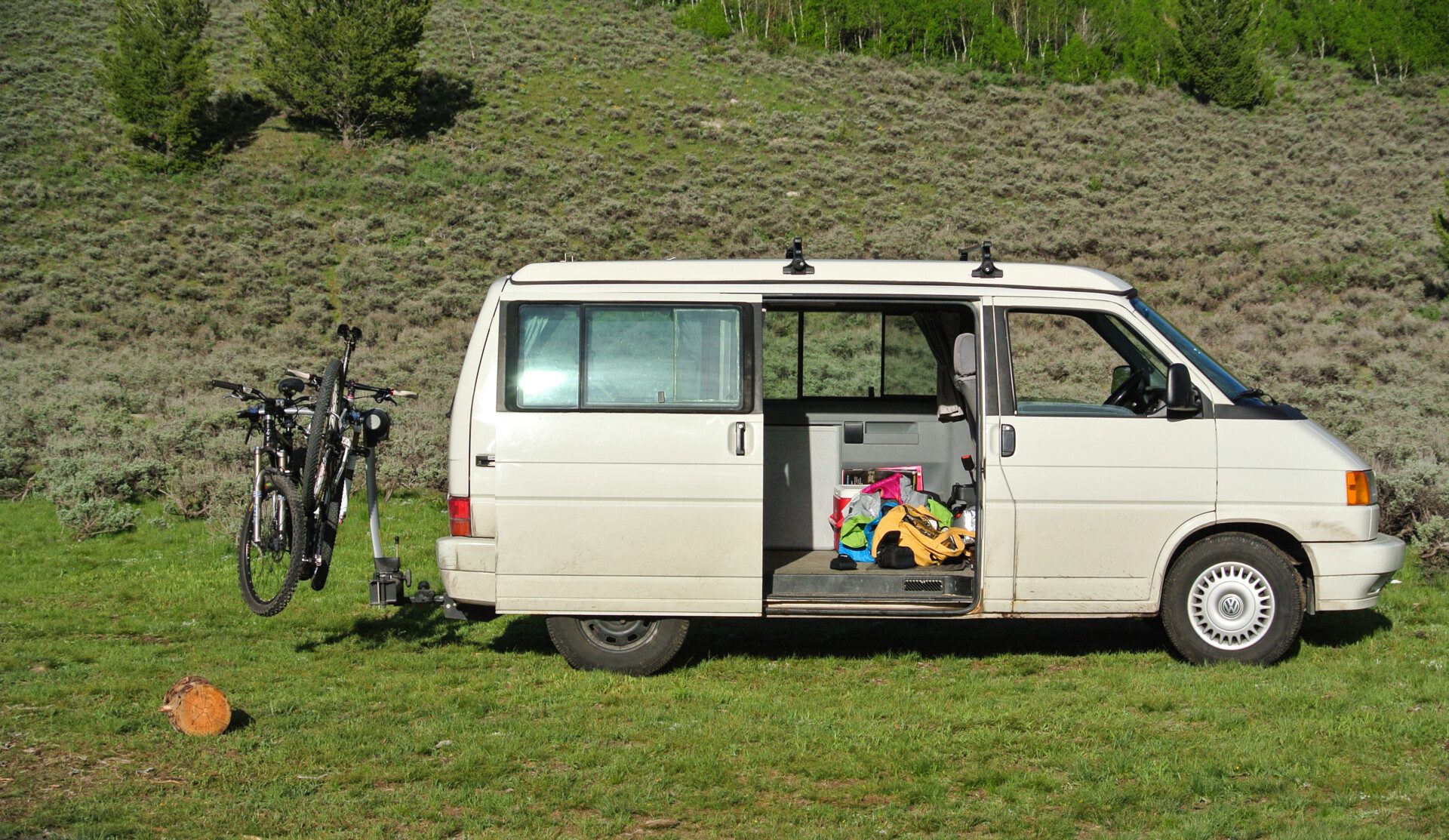
There are two types of dispersed camping on the BTNF: general dispersed camping and designated dispersed camping. Both of these are free, happen outside of a developed campground, offer no services or facilities (this means no bathrooms or running water), and require that you be entirely self-sufficient and pack out everything that you arrive with. The only “amenity” dispersed camping comes with is the road you drive on to your campsite.
General dispersed camping happens on hardened, previously used areas. This is the type of camping found off forest service roads. When doing this type of camping, please do not create a new campsite by driving into pristine areas. General dispersed camping is free.
Designated dispersed camping is a new-ish thing on the BTNF and came about as a result of over use and—not mincing words—bad behavior at the most popular dispersed camping areas in the Jackson and Blackrock Ranger Districts. In these areas, which are monitored by on-site Camping Ambassadors, park-where-you-want-and-crash-for-the-night is no longer allowed; campsites are clearly designated, and they are first-come/first-served. Designated dispersed camping is free.
In order of how quickly they fill up, designated dispersed camping areas include Shadow Mountain (usually full by late morning), Curtis Canyon (full by early afternoon), Toppings Lake and Spread Creek, (full by late afternoon) and Pacific Creek (full by late afternoon).
If you arrive in Jackson Hole after 6 p.m. don’t plan on getting a spot at any of these designated dispersed camping areas. If you’re set on staying in the valley, instead consider Moran Vista or Blackrock Meadows. These undeveloped campgrounds in the northern part of the valley are first-come/first-served, often don’t fill up, offer space for large recreational vehicles and porta-potties.
For more information about dispersed camping, stay limits, and other regulations visit the USDA Forest Service website.




